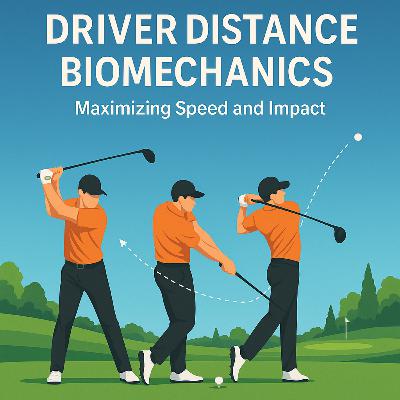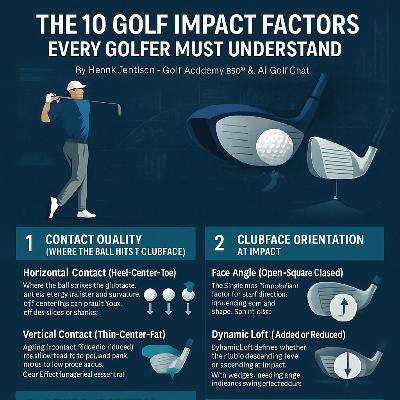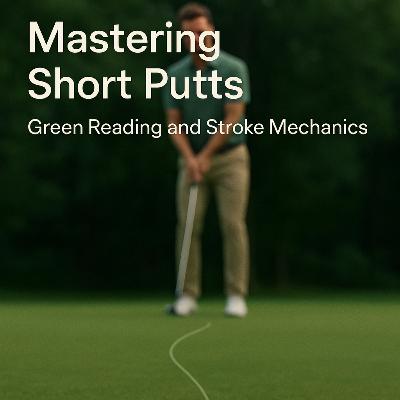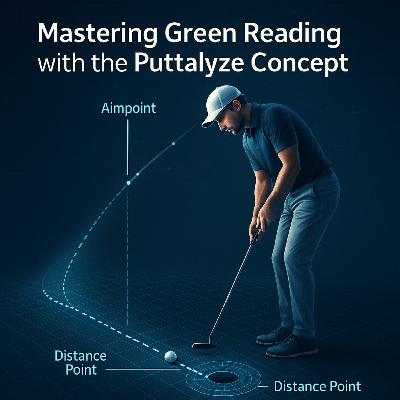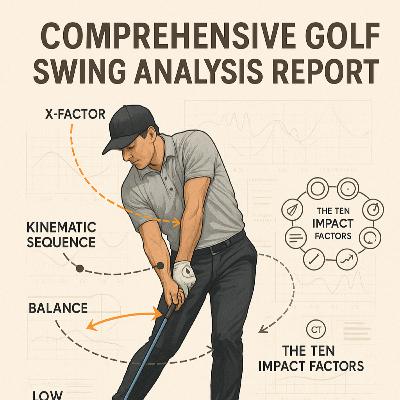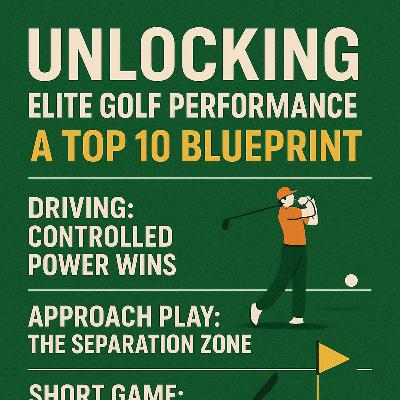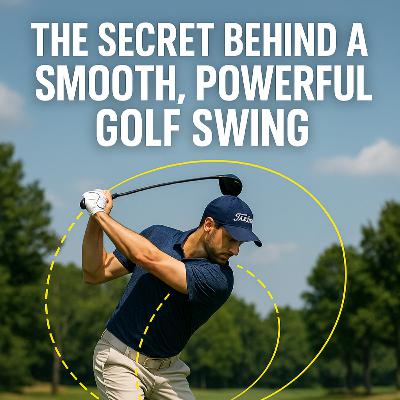#366 Driver Distance Biomechanics: Maximizing Speed and Impact
Description
Generating distance with the driver is not about swinging harder—it’s about moving smarter. Power in golf comes from the efficient use of biomechanics and physics, combining proper sequencing with ground reaction forces to produce maximum clubhead speed and optimal impact.
Ground Reaction Forces – The Foundation of Power
All speed begins from the ground. According to Newton’s Third Law, every action creates an equal and opposite reaction. When a golfer pushes force into the ground—say 8 kg—they receive the same amount back. This reaction becomes the energy source for the swing. Elite players “use the ground” to hit farther, applying strong downward and lateral forces that return upward and rotational power through the body. The harder and more effectively you press into the ground, the more energy your body can deliver to the clubhead.
The Dynamic Transition – Shift Before Rotation
The most important move for creating speed happens during the transition from backswing to downswing. Contrary to common belief, the downswing does not start with rotation. It starts with a lateral shift toward the target, often called the pressure shift. This move loads the ground and activates the stored potential of ground reaction forces. While the body shifts, the hips stay slightly closed, building tension between the lower and upper body.
Only after this shift does rotation begin. The sequence—shift first, then rotate—is crucial for harnessing power. The combination of the pressure shift and explosive hip rotation forms the “power move,” converting stored ground energy into rotational speed that travels through the kinematic chain.
The Kinematic Sequence – Energy Transfer Through the Body
Once the shift and rotation occur, energy flows efficiently through the body in a specific order known as the Kinematic Sequence:
- Hips initiate the movement.
- Torso accelerates next, following the hips.
- Arms pick up speed from the torso.
- Club is the final link, whipping through impact.
Each segment accelerates, peaks, and slows down, transferring its stored energy to the next. This chain reaction acts like a whip—each link amplifies the speed of the previous one. Without this proper sequencing, energy dissipates before it ever reaches the clubhead.
Supporting Biomechanical Factors
Two additional elements refine this power chain:
- Side Bend: Maintains the club on plane and encourages an inside-out, upward strike through the ball, ideal for an efficient launch.
- Late Wrist Release: Retaining wrist angles deep into the downswing stores energy, releasing it precisely at impact. Early casting wastes this stored power and reduces clubhead speed.
How Ground Forces Create Speed
Ground forces drive the entire process. The golfer’s interaction with the ground—pushing, shifting, and rotating—creates the upward and rotational reactions that propel the swing. The more dynamically you apply pressure into the ground during the shift, the greater the return force and the higher the potential clubhead speed.
In simple terms: “Push into the ground – shift – then rotate.” Speed starts from the ground, not from the hands. By using the ground effectively and sequencing the body correctly from hips to club, golfers unlock their true potential for distance, efficiency, and consistency off the tee.

